LA TIMES: Bald eagles at risk in Washington
 Great article in the LA Times today about the bald eagles that reside and return every year to Congress Heights (the only place in all of DC) where the bald eagles choose to nurture their young.
Great article in the LA Times today about the bald eagles that reside and return every year to Congress Heights (the only place in all of DC) where the bald eagles choose to nurture their young.
ARTICLE EXCERPT:
The only nesting pair in the capital could lose a chunk of its scarce urban habitat to the Department of Homeland Security.
By Faye Fiore July 4, 2009
Reporting from Washington -- The crraaaack! crraaaack! was so loud that James Tolbert looked out his town house window to investigate, and that's when he saw it -- a snowy white head with yellow eyes soaring into the woods across the street, a tree branch the size of a baseball bat locked in its beak.The National Park Service soon confirmed what this blighted community 1.5 miles from the Capitol could scarcely believe: A pair of American bald eagles had built a nest in the nation's capital for the first time since Harry S. Truman was president.
Photos: Eagles nest in Washington,...
That was the winter of 2001 and ever since, the nest known only as "DC-07-01" has been one of Washington's best kept secrets, protected by park rangers the way the National Archives guards the Constitution, preserved and seldom seen.Almost no one outside the Congress Heights neighborhood knew the birds were there. They are not listed on any maps. And that's the way it might have stayed if the Department of Homeland Security, the agency created to keep America safe after the Sept. 11 terrorist attacks, had not decided to build its mega-headquarters near the woods where the eagles nest. The government says a centralized control center would streamline its response to a national emergency by bringing thousands of federal workers under one roof, with a new access road to handle most of the traffic.
But the road would run through 200 acres of protected wildlife habitat, wiping out a dozen acres of trees. That, some fear, could drive off the only pair of eagles intrepid enough to call Washington home. "They used to be here, they weren't here for many years and now they're back. It makes me feel better knowing something is coming back," Stephen Syphax, a National Park Service ranger, said one morning as he walked through the woods near the eagles' nest. Every January for eight years, the eagles have returned to their gargantuan homestead to spend six months raising their chicks near the top of an 80-foot red oak. At 4 feet deep and nearly as wide, the nest is big enough for a man to stand in. On winter days without the cover of leaves, it looks like a brown Volkswagen Bug dropped from the heavens and landed upside down in a tree. There are images of America's fabled raptor all over Washington, carved in stone and sculpted in bronze. But the real thing had been absent since 1946 when the last nesting pair deserted Kingman Island where RFK Stadium now stands. When Tolbert, then a city worker, reported his sighting, biologists were flabbergasted.
Eagles are shy birds that prefer forests and farmland -- not a panoramic view of several apartment complexes, a national airport and the screaming jets of Bolling Air Force Base."Twenty years ago, we would have said no way in hell," said Glenn Therres, an eagle expert at the Maryland Department of Natural Resources. "But there they were." The two are what scientists call "urban eagles," displaying an unusual willingness to tolerate levels of human activity they avoided for decades -- understandably, considering the threat man posed. The question of just how much more noise and habitat destruction the eagles will withstand has been simmering for months, putting the emblem of America's strength at the center of a post-Sept. 11 dilemma: balancing natural resources and national security. In the process -- buried in environmental impact reports hardly anybody reads and mentioned at meetings hardly anyone attends -- the city that brims with history discovered a treasure most didn't know it had.
Congress Heights sits in one of the district's most troubled corners, not far from where the Anacostia and Potomac rivers meet. Crime is high. Liquor stores dot the main road. Some residents have a habit of dumping their trash in the woods -- an old refrigerator, a storm door, whiskey bottles.
It would seem an unlikely spot for a nest-scouting pair of bald eagles, except for a patch of old forest called Shepherd Parkway, part of what's left of a chain of Civil War-era forts erected to defend the capital. There the birds found a ravine deep enough to shield their young from the wind, and rivers teeming with fish. Nothing else seemed to matter.Soon they were a neighborhood fixture. Schoolchildren on the way to the bus would listen for their squeaky whistle; dog walkers marveled at their 8-foot wingspan.
Click HERE to continue reading.
Share on Facebook
